Panthercap
An exciting find, this visually striking mushroom is not overly common. Poisonous, as with some other Amanita species it is often portrayed as deadly in field guides.
| Mushroom Type | |
| Common Names | Panthercap (EN), Amanita Panther (CY), Muchomor Plamisty (PL), Párducgalóca (HU) |
| Scientific Name | Amanita pantherina |
| Season Start | Jul |
| Season End | Nov |
| Average Mushroom height (CM) | 10-14 |
| Average Cap width (CM) | 8-12 |
Cap
8-12 cm. Convex, flattening a bit with age. Dark brown to slightly red brown covered in thick white scales or ‘warts’ left from the veil of the volva.
Skirt
Superior. The skirt does not have the striations or lines that the Blusher or Excelsa have and is smooth although in the photo the skirt is a bit dry and wrinkled but still striation free.
Possible Confusion
The Blusher (Amanita rubescens) has off-white, often blushing warts on its cap, and it blushes all over the fruit body where it had been damaged or cut, also there are striations on the upper surface of its skirt.
The Grey Spotted Amanita (Amanita excelsa) has off-white to grey warts or scales on its cap, and has striations on the upper surface of its skirt.
Spore Print
White. Broadly ovate. You should scrape your spores into a small pile to get an accurate spore colour.
Frequency
Not common.
Other Facts
Panthercap prefers acidic soil, while none of its potential lookalikes have this strong preference for acidic soil.

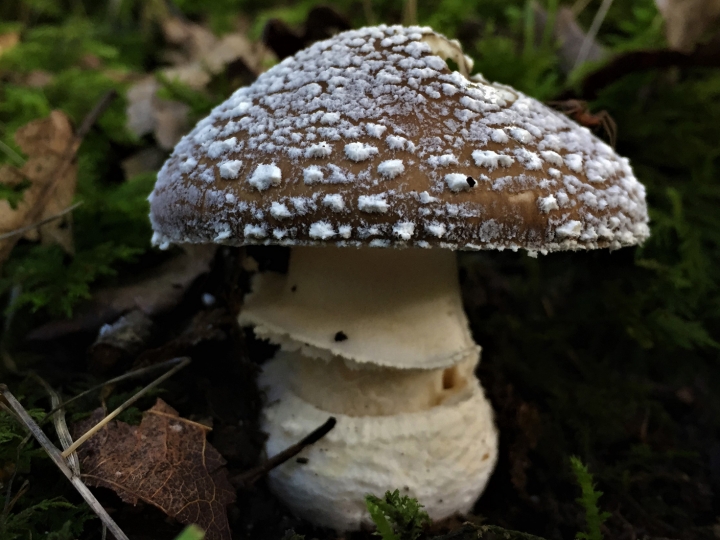















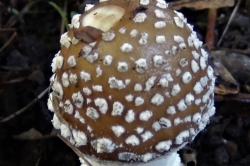
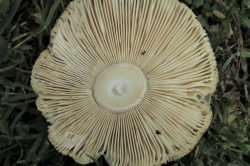
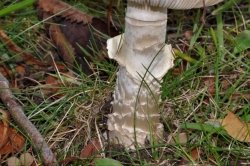
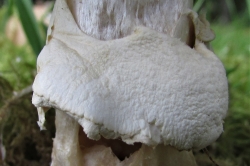
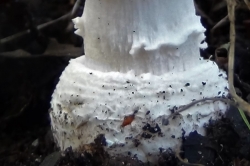
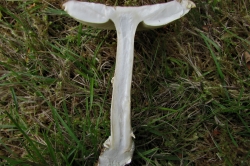
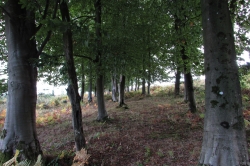
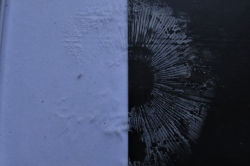




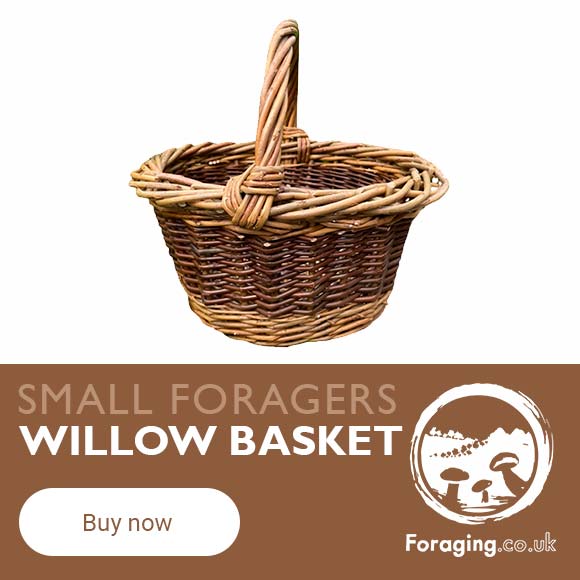

5 comments for Panthercap
I have identified several of these in my garden and now removed them as I think they may have poisoned my hens. Can I prevent them or should I just be more vigilant in future? Thank you.
Hi Victoria, it can be difficult to get rid of mushrooms and using antifungals can upset the other plants, fungi and insects. If possible remove the mushrooms by hand when you see them.
Hi,I think I saw one of these in a beech wood nr my home.I thought it was a Blusher at first but looking at the description you have given along with the pictures I’m ‘almost’ sure it’s a Panther Cap. fabulous website you have.👍
I ate a tiny piece, of panther cap accidentally and then searched for now what is that ! Lower then a 0.5 gram is it need going to hospital or something? Please help me i’m very stressed out
Don’t eat random unknown mushrooms (especially if it has white gills, white skirt/ring and white bulbous stembase OR white volva). In case of suspected mushroom poisoning case, call NHS 111 (or the equivalent poison control in your country). Because we cannot see what you had, I wouldn’t go to speculation about what is enough or not enough to get poisoned.